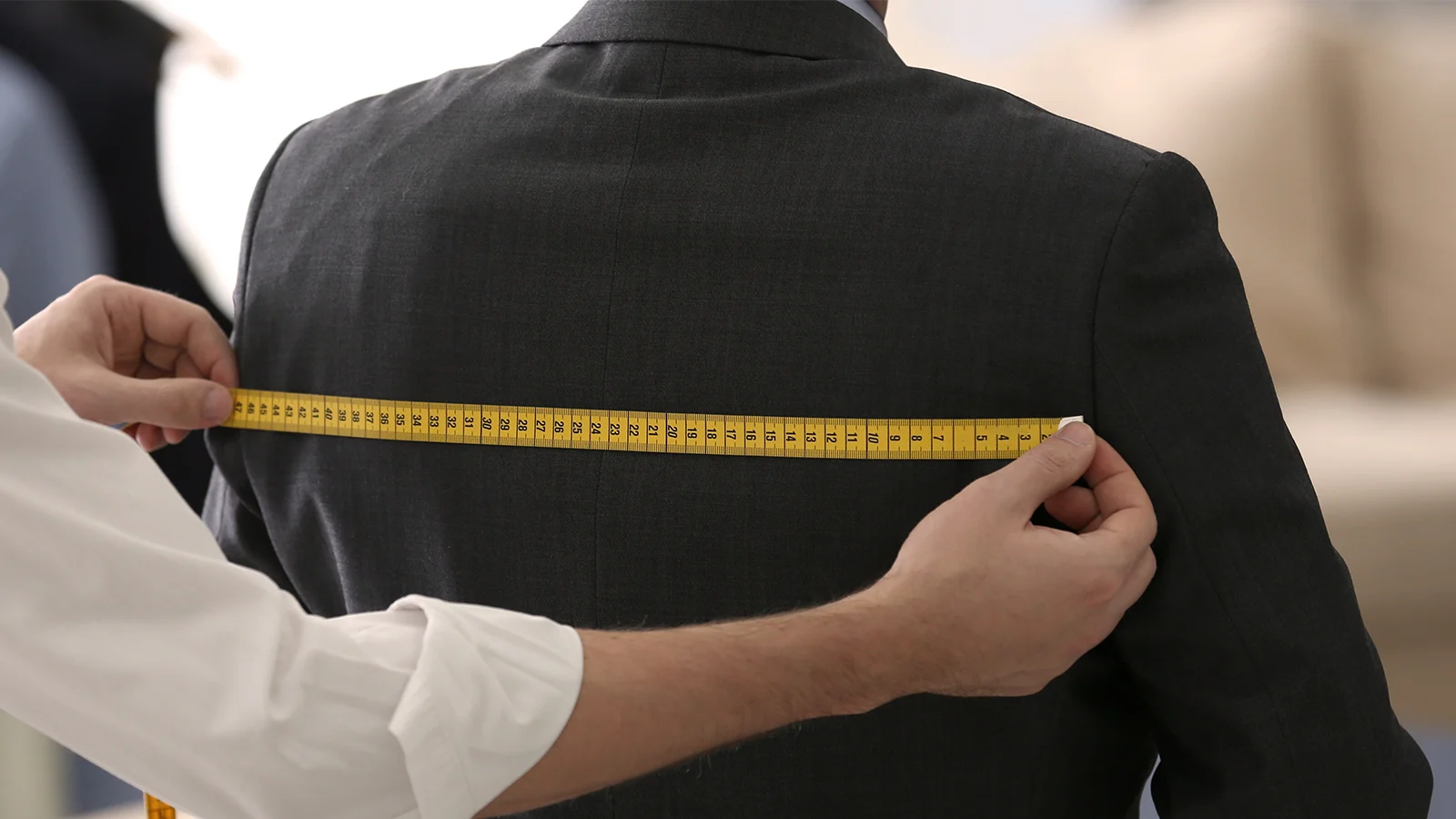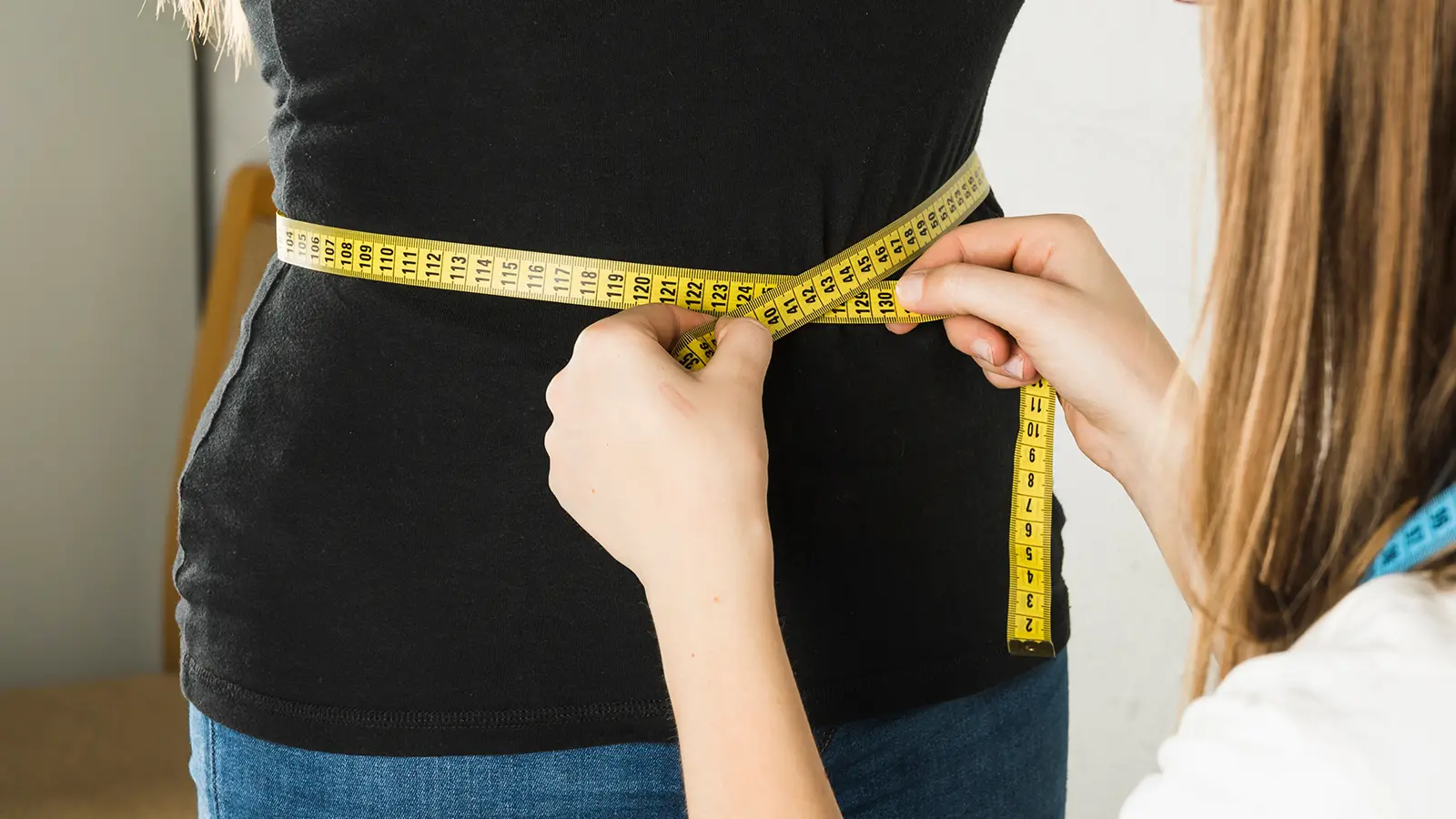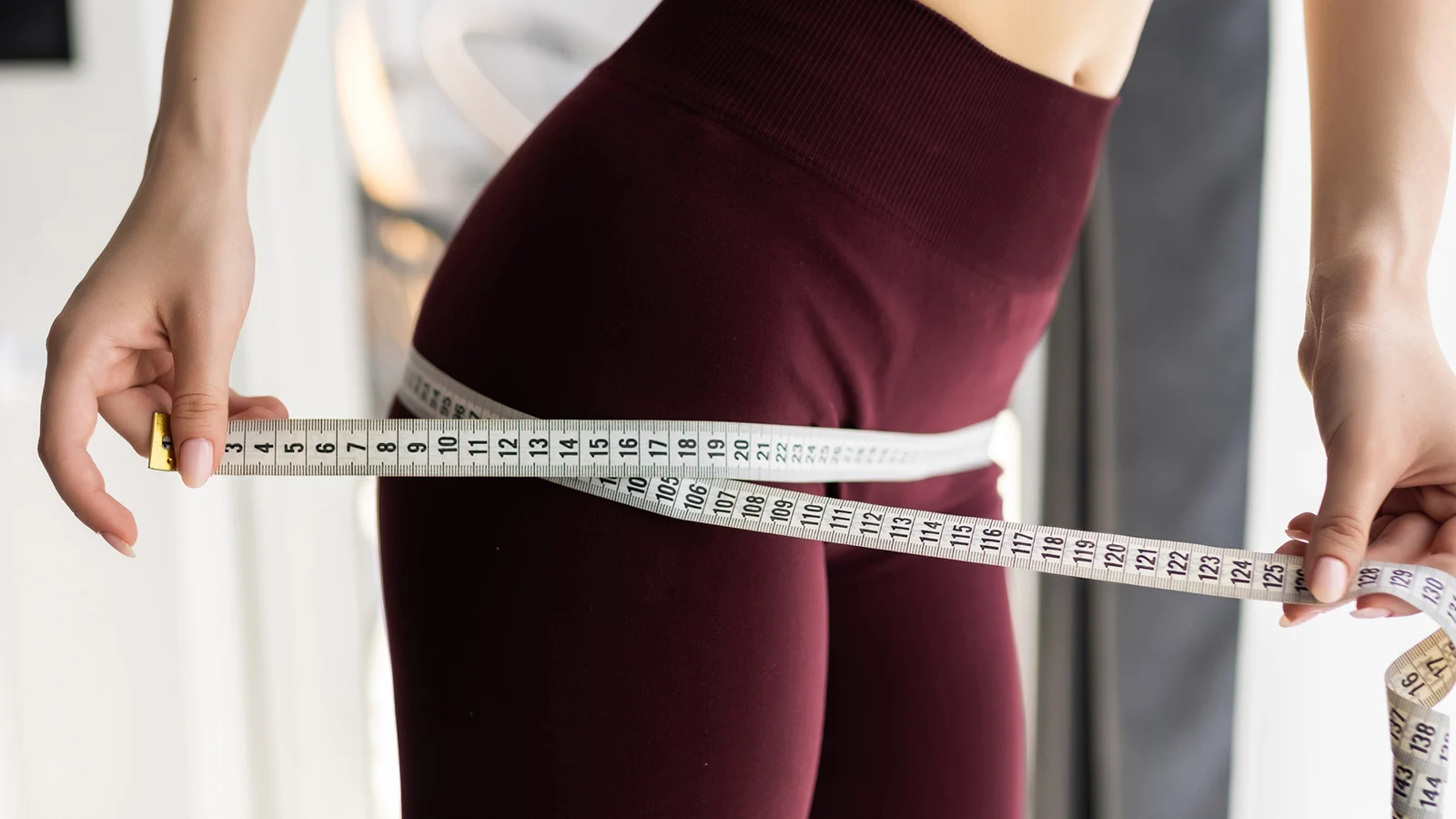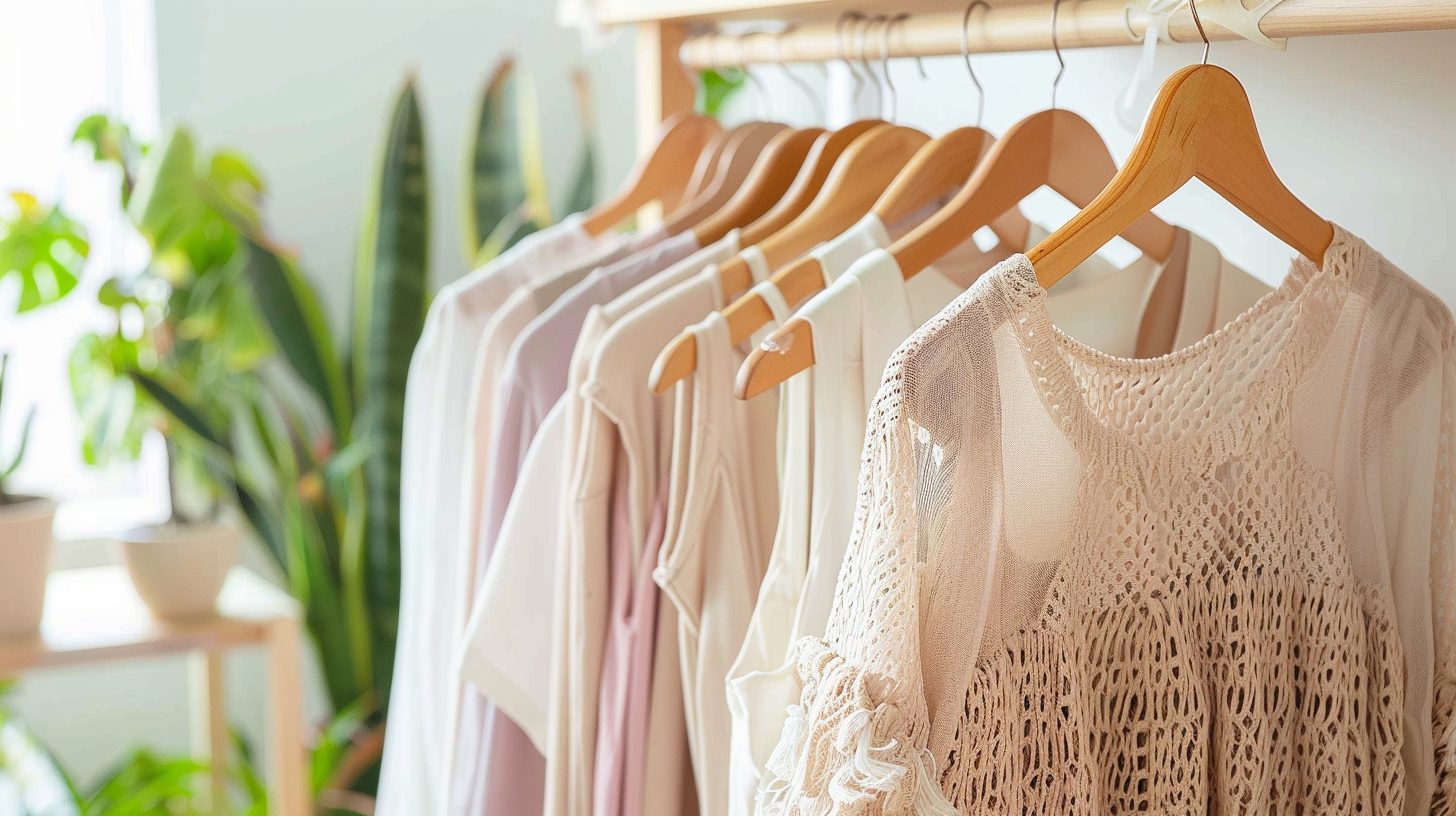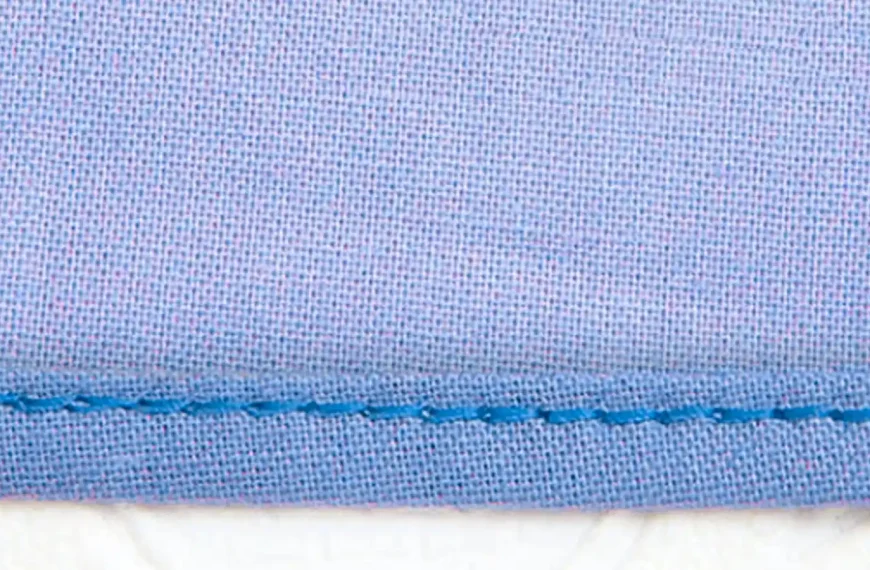Finding the right fit is crucial for comfort and style. Whether you’re shopping online or tailoring your own clothes, knowing how to measure yourself accurately is essential. Poor measurements can lead to ill-fitting garments and wasted money.
In this guide, we’ll walk you through the key steps to measure your body correctly so you can achieve the perfect fit every time.
Key Takeaways
- Use a flexible tape measure for precision and adaptability to body contours.
- Measure directly on the body or over tight-fitting garments for accuracy.
- Ensure the tape measure is snug but not tight around the measurement area.
- Double-check each measurement to avoid discrepancies and ensure a proper fit.
- Note measurements immediately to prevent confusion and ensure precise documentation.
How to Measure for Clothing: Basic Measurements
When measuring for clothing, start with three essential areas: chest or bust, waist, and hips. Make sure your tape measure is snug but not tight to get accurate results.
Chest/Bust
To measure your chest or bust accurately, start by standing upright and relaxing your arms at your sides.
Position the tape measure under your armpits, around your back, and across the fullest part of your bust. Make sure the tape measure is snug but not too tight. It should be level all the way around and lie flat against your skin.
Take note of the number where the tape measure meets itself to get your bust measurement. This measurement is especially crucial for tailored clothing, bras, and tops. Repeat if necessary to ensure accuracy.
Waist
After measuring your bust, the next step is accurately determining your waist size. To get a precise waist measurement, you first need to find your natural waist. Your natural waist is typically the narrowest part of your torso, often located just above your belly button.
Stand upright and relax your abdomen. Using flexible measuring tape, wrap it snugly around your natural waist without pulling it too tight. Ensure the tape is parallel to the floor for an accurate measurement.
Take note of the measurement where the end of the tape meets the rest. This number is your waist measurement.
Hips
For an accurate hip measurement, find the fullest part of your hips and buttocks by standing with your feet together. This widest part of your hips is crucial for getting the right fit in clothing.
Hold the tape measure snugly but not too tight, ensuring it’s parallel to the floor. Measure around the widest part of your hips. Make sure the tape is straight and not twisted for an accurate hip measurement.
Write down the measurement where the tape measure meets itself. This measurement will help you choose the correct size for pants, skirts, and dresses.
How to Measure for Clothing: Additional Measurements
When you’re ready to get more precise with your measurements, consider the inseam, arm length, neck circumference, arm loop, and shoulder width. Don’t skip these steps if you want your garments to look and feel just right.
Inseam
An inseam measurement is crucial for ensuring pants fit properly and comfortably. To measure the inseam, use measuring tape to measure the length from the crotch seam to the bottom of the leg. Ensure the tape measure is straight and flat against the leg to avoid inaccuracies.
If you’re measuring someone else, have them stand straight and follow the same process. Accurate inseam measurements ensure your pants will neither drag on the ground nor ride up too high.
Arm Length
Accurately measuring your arm length is essential for ensuring your sleeves fit perfectly. Start by standing up straight and relaxing your arms at your sides.
For an accurate sleeve measurement, place the tape measure at the top of your shoulder, where the shoulder seam of a well-fitting shirt would be. Then, extend the tape down your arm. Continue past the elbow, keeping the tape straight until you reach the wrist bone.
Make sure to wrap the measuring tape snugly but not too tight. This will give you the correct arm length. Record this measurement, as it’s crucial for tailoring shirts, jackets, and coats.
Neck Circumference
Measuring your neck circumference ensures dress shirts fit comfortably and look sharp. Position the tape measure around the base of your neck, right where a shirt collar would naturally sit. Ensure it’s snug but not too tight.
Measure around the back of your neck, bringing the tape to the front and meeting just below your Adam’s apple. Maintain proper placement, keeping the tape measure level and parallel to the floor. Record the measurement to the nearest quarter inch.
Arm Loop
Wrap the tape measure around the fullest part of your bicep to get your arm loop measurement.
Note the measurement, keeping in mind that the arm loop is crucial for ensuring sleeves fit comfortably without being restrictive.
Shoulder Width
To measure your shoulder width, you’ll need a tape measure and, ideally, a friend or a tailor to help.
Start by standing straight with your shoulders relaxed. Place the tape measure at the edge of one shoulder where the shoulder seam of a shirt would sit. Measure straight across to the same point on the other shoulder. Ensure the tape is flat and not twisted for accuracy.
Common Mistakes and Tips
When measuring for clothing, avoid measuring over your clothes, as it can give inaccurate results.
Always double-check your measurements to ensure accuracy. Using a flexible measuring tape will help you achieve better precision.
Don’t Measure over Clothes
When taking body measurements, it’s important to measure directly on the body for the most accurate results. Measuring over clothes can lead to inaccuracies. So, it’s best to avoid any extra bulk from clothing that could affect your measurements.
Double-Check Measurements for Accuracy
After measuring on bare skin or tight-fitting garments, it’s important to double-check your measurements to ensure accuracy.
Start by using a tailor’s tape and run it around your body again, ensuring it’s not twisted. It’s easy to misread or misplace the tape, so carefully measure across each area twice.
When you compare your body measurements, slight discrepancies can lead to ill-fitting clothes. Confirm that the tape is level and snug but not too tight. Check common trouble spots like the waist, bust, and hips multiple times.
Use Flexible Measuring Tape for Better Precision
Always opt for flexible measuring tape to achieve better precision and avoid common pitfalls. Flexible measuring tape adapts to the contours of your body, providing more accurate measurements.
Don’t use rigid or metal tapes, as they can distort measurements and lead to ill-fitting clothes. Always double-check that the tape is straight and not twisted to maintain precision. Using the right tools guarantees better-fitting garments and less hassle.
Conclusion
Now you know how to take accurate measurements for clothing. Remember to measure your chest, waist, and hips snugly but not tightly. Don’t forget the additional measurements for a perfect fit.
Always measure on bare skin or tight-fitting clothes to avoid errors. With these tips, you’ll get a better fit for your dresses, suits, or any other clothing.
Happy measuring, and enjoy your perfectly tailored outfits!
Learn more sewing tips from the Longan Craft Blog, and dive into the fabric world with Longancraft!
FAQs
How Do I Measure for Clothing Without a Measuring Tape?
If you don’t have a measuring tape, use a piece of string or ribbon. Wrap it around yourself, mark the length, then measure it against a ruler. This will give you a close enough measurement.
What Tools Can Help Ensure Accurate Body Measurements?
You can use a flexible ruler, printable measuring tape, or even a string and ruler combo. Don’t forget to measure in front of a mirror to ensure accuracy and keep the tools level with your body.
How Can I Check if My Measurements Are Correct?
To check if your measurements are correct, compare them with a well-fitting garment you own. You can also double-check using a different tape measure or ask someone to help you re-measure for accuracy.

